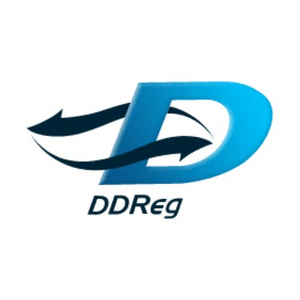
As a manufacturer or developer of medical devices, obtaining approval for your product from regulatory bodies is a critical step before it can be marketed and sold. The regulatory process can be complex, and navigating it successfully requires a well-planned regulatory strategy. In this article, we will discuss the regulatory strategy for medical device approval, including the key steps, the regulatory bodies, and the best practices for successful approval.
Key Steps in a Regulatory Strategy for Medical Devices Approval
The regulatory strategy for medical device approval can be broken down into several key steps:
- Determining the regulatory pathway: The first step in developing a regulatory strategy is to determine the regulatory pathway for your product. The regulatory pathway is based on the classification of your device, which is determined by its intended use and the level of risk it poses to patients. The regulatory pathway determines which regulatory body you must seek approval from and the specific requirements for approval.
- Conducting pre-clinical testing: Once you have determined the regulatory pathway, the next step is to conduct pre-clinical testing. Pre-clinical testing is designed to evaluate the safety and effectiveness of your device and can include animal testing, laboratory testing, and computer simulations.
- Submitting an application for approval: After completing pre-clinical testing, you must apply for approval from the appropriate regulatory body. The application should include data from your pre-clinical testing and information about the manufacturing process, labelling, and intended use of your device.
- Conducting clinical trials: If your device is classified as high-risk, you may need to conduct clinical trials to provide additional data on the safety and effectiveness of your device. Clinical trials involve testing your device on human subjects and can be expensive and time-consuming.
- Obtaining approval: Once your application and any necessary clinical trial data have been reviewed and approved by the regulatory body, you will receive approval to market and sell your device.
Regulatory Bodies Involved in Medical Devices Approval
In the United States, the primary regulatory body for medical device approval is the Food and Drug Administration (FDA). The FDA is responsible for ensuring the safety and effectiveness of medical devices marketed in the US. Other regulatory bodies include the European Medicines Agency (EMA) and the International Medical Device Regulators Forum (IMDRF).
Best Practices for Successful Approval
Developing a successful regulatory strategy for medical device approval requires careful planning and execution. Here are some best practices to help you navigate the regulatory process successfully:
- Start early: Developing a regulatory strategy takes time, so starting early in the product development process is essential. Starting early allows you to identify and address potential regulatory issues before they become significant obstacles.
- Understand the regulatory requirements: Familiarize yourself with the regulatory requirements for your device, including the classification and regulatory pathway. Understanding the requirements will help you develop a comprehensive regulatory strategy and avoid costly mistakes.
- Work with experienced regulatory professionals: The regulatory process can be complex, so working with experienced professionals can help ensure your strategy is well-planned and executed.
- Maintain good communication with regulatory bodies: Good communication with regulatory bodies is essential throughout the approval process. Keeping regulatory bodies informed of your progress and any issues can help prevent delays and ensure a smooth approval process.
- Be prepared for unexpected issues: Despite careful planning, unexpected issues can arise during the regulatory process. Being prepared to address these issues quickly and effectively can help prevent delays and ensure successful approval.
Conclusion
Obtaining approval for your medical device is critical in bringing your product to market. Developing a well-planned regulatory strategy that takes into account the key steps, regulatory bodies

